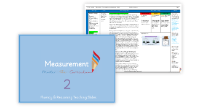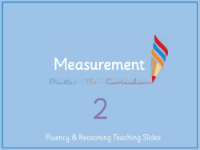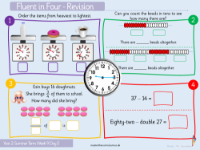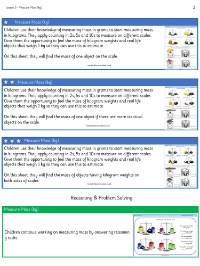Mass, Capacity, Temperature - Measure mass kg - Planning
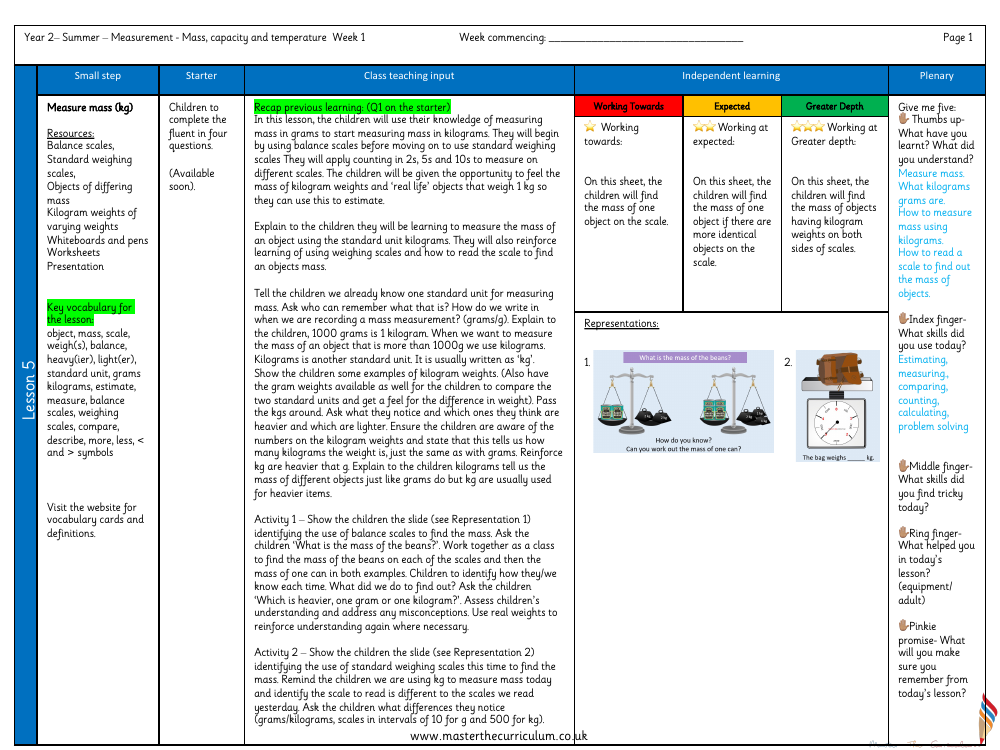
Maths Resource Description
In a Year 2 lesson on measurement focusing on mass, children are introduced to the concept of measuring mass in kilograms (kg) after having previously learned to measure in grams (g). The lesson utilises a variety of resources, including balance scales, standard weighing scales, kilogram weights, and everyday objects of different masses to provide a hands-on learning experience. Key vocabulary such as 'mass', 'scale', 'balance', 'kilograms', and 'grams' is emphasised, with vocabulary cards available to support learning. The class begins by revisiting the concept of mass measured in grams and then transitions to understanding and using kilograms for heavier items. The children get to handle kilogram weights and compare them to gram weights to gain a tactile understanding of the difference in mass.
The lesson includes activities where children use balance scales to estimate and measure the mass of objects, such as beans, and compare the mass of one gram to that of one kilogram. They also learn to read different types of scales, including those that measure in intervals of 500g for kilograms, and practice counting in multiples of 5, 50, and 500 to aid in this process. The lesson's plenary involves a 'Give me five' reflection where children assess what they've learned, the skills they've used, and what they found challenging. Differentiated worksheets cater to various levels of understanding, from simply finding the mass of one object to calculating the mass of objects with kilogram weights on both sides of scales. The lesson aims to address common misconceptions, such as misreading scales and confusing grams with kilograms, through clear teaching input and practical activities.
